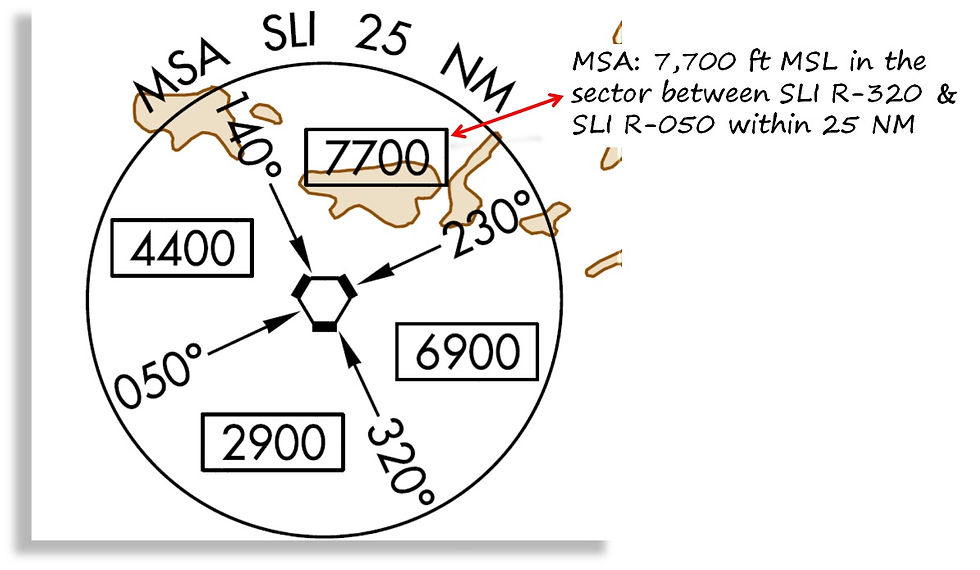Dealing with Military Training Routes (MTRs) in the US airspace
- TIPAH

- 30 janv. 2019
- 3 min de lecture
While I was preparing a VFR route from Camarillo (KCMA) to Santa Ynez (KIZA) which is located North West of Santa Barbara airport (Southern California) and approximately 10 NM away from the coast, I noticed a Military Training Routes (MTRs) area.
Since I’m not used to deal with MTRs when flying in the US and on PilotEdge, I wanted to dig deeper into this topic and learn more to be fully familiar with this potential hazardous flight area.
How are the MTRs depicted?
Dark grey rectangles can be observed on the VFR LAX chart above with a light grey line passing in the middle of them. Those rectangles depict the presence of Military Training Routes in the area. All together, they describe a horizontal "L" in the example shown on the chart.
What the MTRs are?
Those military routes are used by military aircraft for training purpose. In the US airspace, 250 KIAS (indicated airspeed in KNOTS) is the speed limit below 10,000 feet unless otherwise specified by the authorities. But military aircraft can exceed that speed limit up to 420 KIAS most of the time when flying MTRs.
Basically the military planes will squawk 4000 (this transponder code is absolutely forbidden to civil aircraft and so is the possibility to exceed 250 KIAS) to indicate on the ATC controller scope that they are flying at high airspeed along the MTRs.
One needs to differentiate two different types of MTRs:
IR: Instrument Routes
VR: Visual Routes
The difference between IR and VR being that the military aircraft will be in contact with Air Traffic Control when flying the IR which is not the case when flying the VR. Military planes flying VR represent a significant hazard since it is legal for all civil aircraft VFR or IFR to fly through MTRs area.
When military planes fly IR, ATC is able to provide separation with other civil traffic whereas VR are flown totally independently from ATC and thus represent a significant risk.
Along with the IR or VR there are either 3 or 4 digits:
A 4 digits route indicates that the military route is flown below 1,500 feet AGL,
A 3 digits route (e.g. IR 200) indicates that at least one segment of the military route is flown above 1,500 ft AGL. Therefore if you intend to cross the MTRs area even at a much higher altitude, you may be exposed to military planes crossing your route especially if those are flying VR.
Most of the time the corridor width is delimited by 5 NM on each side of the route that represents a 10 NM width corridor. In some cases, it can goes up to 16 NM on each side.
When planning to cross MTRs area, always consider to cross it by flying perpendicular to it as shown on the flight plan below. This ensures that you fly through it as quickly as possible to decrease the period of time during which you will be exposed to potential conflicts with high speed military planes especially if you have to cross a 3 digits VR.

From an ATC perspective
Let’s take the example below. You would like to cross the MTRs North of San Marcus VOR. It is more than advised to contact the Flight Service Station to be aware of the current military activities along those MTRs.
To do so, locate the FSS frequency above the RZS VOR station and there are two:
122.1R and 122.3 corresponding to Hawthorne FSS.
The “R” symbol means that you will be able to broadcast on this frequency but Hawthorne FSS won’t be able to answer on this frequency. You will have to tune your NAV radio to the San Marcus VOR and listen their answer on this frequency (114.9).
Note that this is possible because the frequency of the San Marcus VOR is not underlined. In the case the frequency is underlined, it means that listening the FSS on the VOR frequency is not possible.
122.3 without “R” means that you can use this frequency as any other VHF ATC frequencies and therefore you can broadcast on this frequency and listen the answer from the FSS using the same.
A typical radio call should sound like this:
"Hawthorne radio, Skyhawk 65415, Overhead San Marcus VOR, Northbound at 7,500 feet, request status of the India Romeo 200 and India Romeo 425 please".
You will most likely be asked to switch over to Santa Barbara approach on 125.4 in case those MTRs are effectively active to get some flight advisories.

Remark:
MTRs can be flown in each direction (e.g. IR 425 is flown Westerly whereas IR 200 is flown Easterly).
TIPAH






Commentaires